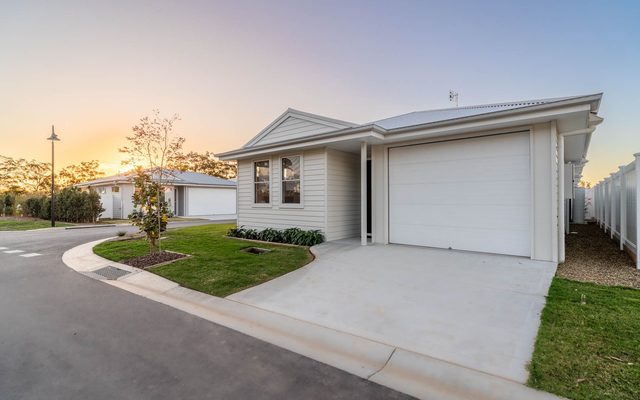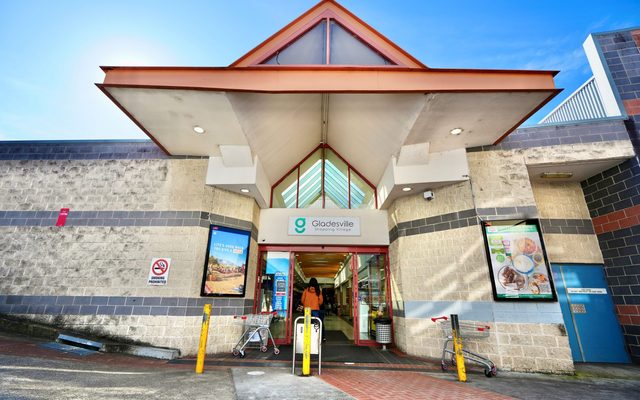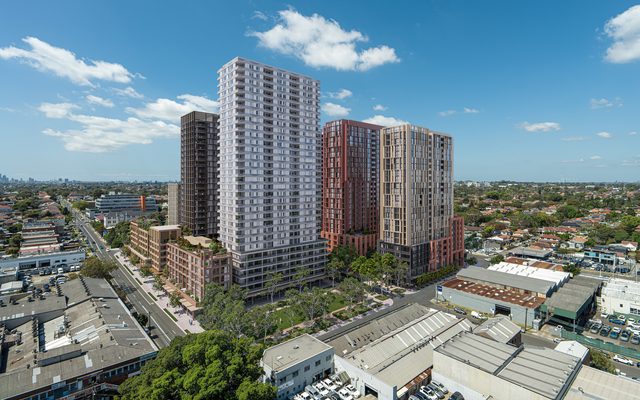This article is from the Australian Property Journal archive
NEW home building approvals remained unimpressive throughout November, despite a boost in higher density building over the month.
According to the latest data from the Australian Bureau of Statistics, new home building approvals were up 1.6% in November, with higher density approvals up 7.2%, while detached house building approvals fell by 1.9%.
Compared to the previous month, residential building approvals were up 1.6%, driven by a 6.7% increase in unit and townhouse approvals.
“Master Builders has forecast that 2023-24 will see around 170,100 new homes built, well below the 240,000 needed per year to meet the 1.2 million housing accord targets,” said Shane Garrett, chief economist at Master Builders Australia.
“More higher density building will help alleviate some of the pressure in the rental market which has seen big inflationary impacts in the economy.”
Garrett also noted that these latest figures reflect 945,554 new homes being approved across the country over the past five years.
“Labour market shortages, lack of shovel-ready development, planning delays and interest rate rises continue to be the biggest impediments to home building,” added Garrett.
Victoria led new home buildings approvals, with 4,986 new home approvals for a 7.8% uptick over November.
In terms of volume, NSW followed with 3,460 approvals, though this was a 6.9% drop from the previous month.
Queensland saw a 14.6% decline to 2,523 approvals, WA was down 5.5% to 1,213, ACT has a 123.7% increase to 1,190, SA was up 6.0% to 959, Tasmania was down 22.6% to 188 and the NT was up 39.4% to 46.
“With a new parliamentary year ahead of us, we hope at the top of all government action lists is how to reduce the time and cost pressures around home building,” said Shaun Schmitke, deputy CEO at Master Builders Australia.
“We know the cost of living crisis is currently being exacerbated by stubborn inflationary impacts in housing. Any decision taken by Government needs to consider closely the impact it will have on the cost of doing business.”
At the same time housing lending saw a modest rise over the month, reflecting limited listings available to buyers.
Housing lending excluding refinancing was up 1.0% in November, with October growth revised from 5.4% to 7.1%.
“Lending is likely limited by the lack of listings in the market, limiting sales volumes, rather than by caution among borrowers,” said Adelaide Timbrell, senior economist at ANZ.
“The average loan size for first home buyers edged down to $505k, just $3k off their record level, while upgrader average new mortgages rose to $744k, within 2% of their March 2022 peak. Growth in housing lending seems to be limited by low sales volumes rather than a lack of willingness to borrow.”
Investor lending was also up 1.9% for the month and 18.0% annually, compared to a 10.6% annual increase in owner occupier lending.
With First home buyer lending up 2.8% for the month, reflecting annual growth of 25.8%.




